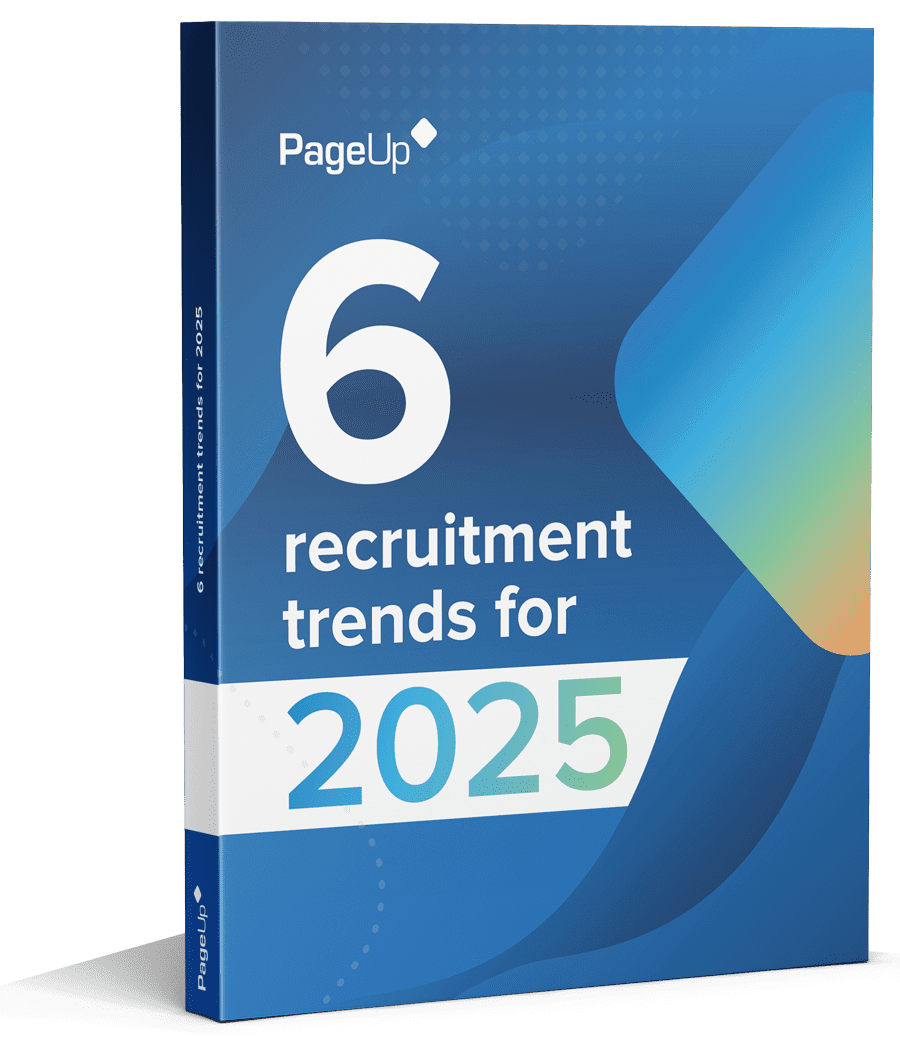Build a team that can respond to whatever challenge is thrown at them, and you’ll be well-placed to weather any industry disruption. But crafting an agile, world-class team takes more than just good hires. It’s about knowing how to identify key skills in your organisationorganization, and establishing internal and external pipelines of quality talent that can be deployed on-demand.
In this increasingly competitive landscape, only the smartest and fastest organisationsorganizations will survive. To respond to this challenge, savvy businesses have to empower their workers with the skills and tools to collaborate and become truly mobile.
What is talent mobility?
At its heart, talent mobility lets you leverage the skills in your business to quickly respond to change. In a hypercompetitive world, incumbents are just as likely to be unseated by a fast-growing startup as they are by an established competitor. The key to staying relevant is talent mobility: this lets you deploy the skills needed to respond to shifts in the market at a moment’s notice.
Adopt a startup mentality
New technologies and digital platforms make it easier than ever for new business models to pop-up overnight and turn an entire industry on its head. Often, the startups behind this disruption are fast-moving and unconstrained by tradition or hierarchical structure. They are able to immediately pivot based on feedback from the market, and are often trying to unseat incumbents and their old-school models with a simpler, more flexible alternative.
Forward-thinking organisationsorganizations are now looking to adopt a startup mentality to remain competitive. Established companies can learn from the flat structure many startups adopt, which fosters dynamic, cross-functional teams. Doing away with the top-down structure creates a work environment where every employee can bring something to the table, regardless of their seniority or tenure.
If your organisationorganization is built on an established hierarchy, it may seem challenging to adopt this agile approach. Here’s where events like hackathons and internal accelerator programs can help employees break out of their structured teams to solve real business problems. These forays into startup culture provide great ways for organisationsorganizations to identify and leverage key skills which previously may have gone unnoticed. Having better visibility of each employee’s talents means HR leaders can mobilisemobilize these skills across the business when needed.
Build mobility through internal talent pipelines
In today’s fast-moving consumer landscape, speed is the new competitive differentiator. Mobile organisationsorganizations that can respond to industry changes and accelerate speed to market will be the ones that survive. That’s why cultivating internal talent pipelines is vital. Internal pipelines let you source the right skillset from the employees at your disposal: this is talent that already understand your organisationorganization’s values, culture and pain points, and they can be deployed on-demand as required.
Most importantly, internal talent pipelines allow you to identify and mobilisemobilize key skills within the business. Many organisationsorganizations suffer from internal silos and hierarchical barriers which make it hard for HR leaders to see where their talent lies. The best skills could be found in-house, but if you don’t have visibility across teams, these skills could be going to waste.
Internal talent pipelines remove barriers between teams and let you create actionable plans to develop key skills for the future. Conditioning key talent for future leadership roles allows for solid succession planning, meaning you’ll have upskilled workers ready to step up to roles as they become available.
Build deep talent pools
Even with great internal pipelines, it’s not always possible to find the skills you need within your organisationorganization. Solid external recruitment practices are vital if you want to have key talent on standby.
To future-proof your talent acquisition practices, build pools of qualified, interested candidates that can be engaged when the time comes. Cultivate talent pools by creating a candidate funnel that attracts potential talent to your organisationorganization, then engage and develop relationships with them. Keep these quality candidates on-hand in databases to reduce the cost of recruitment and the time to hire when the need arises.
7 steps to building deep talent pools and providing great careers
1. Identify critical roles based on the current and future requirements of your organisationorganization
2. Undertake periodic talent reviews to determine the skill and competence levels of your employees
3. Understand internal talent bench strength for each role through succession planning
4. Allow employees to voice their own career aspirations
5. Provide development opportunities to prepare them for their next role
6. Develop external talent pipelines for critical roles with low bench strength
7. Nurture internal and external talent – consider sharing information, holding events or simply booking a bi-annual coffee catch up
Future directions
The rapidly changing future of work promises a brave new world of industry disruption and workforce fragmentation. Yet no matter where the future of work takes us, the ability to identify, attract and retain the best talent will always be relevant. OrganisationsOrganizations with teams mobile enough to respond to these changes will not just weather these changes, but be empowered by them.
Irrespective of what the future holds, employees are still an organisationorganization’s greatest asset. Learning to leverage the talent that already exists in your teams while proactively attracting and engaging potential talent will be the key to future success.
Fresh insights for HR
Stay up to date with HR trends, tips and more when you sign up for our industry newsletter






